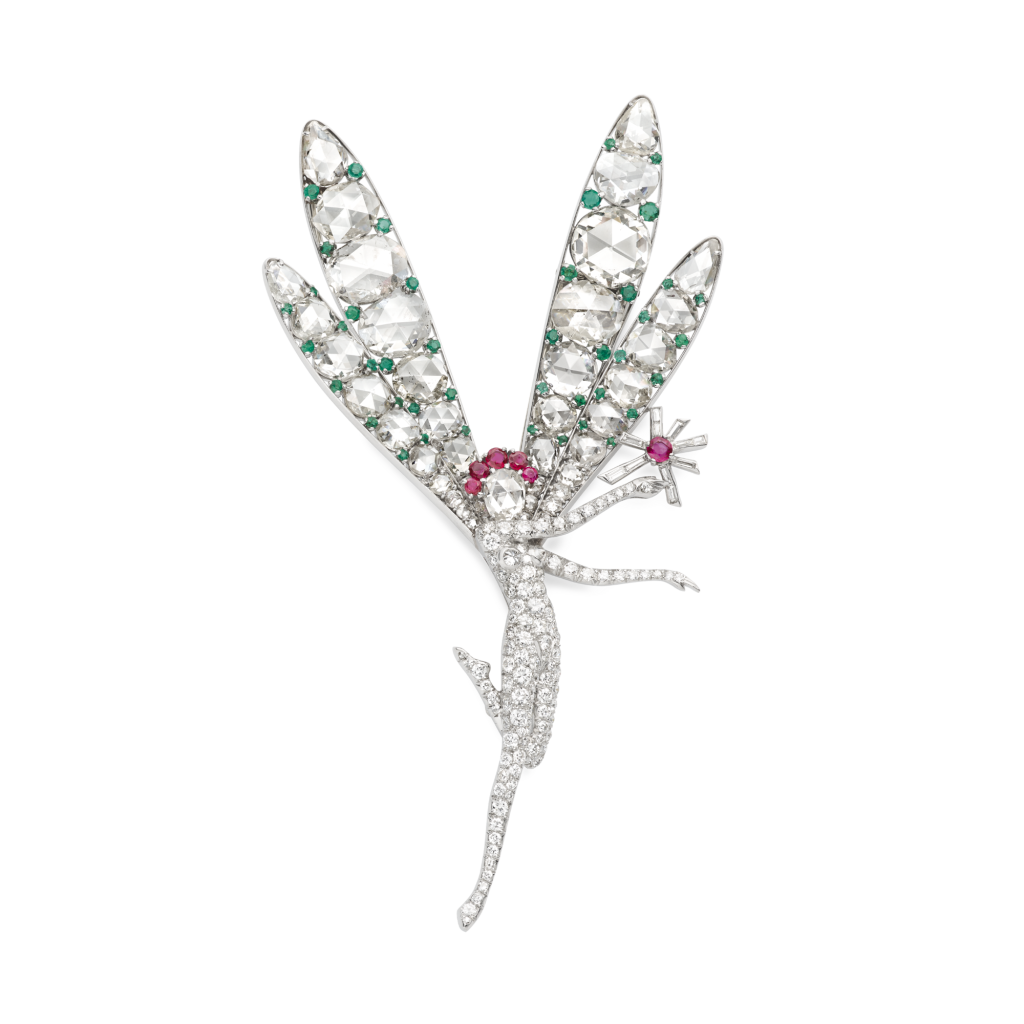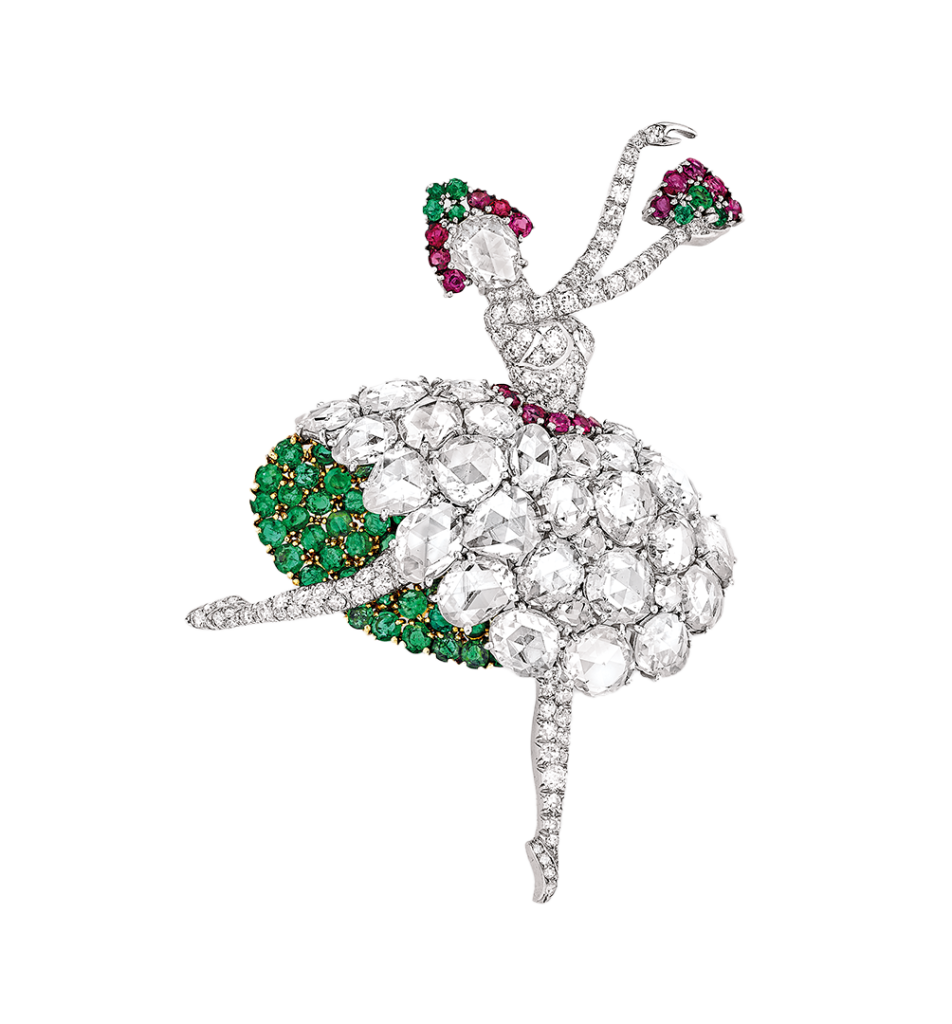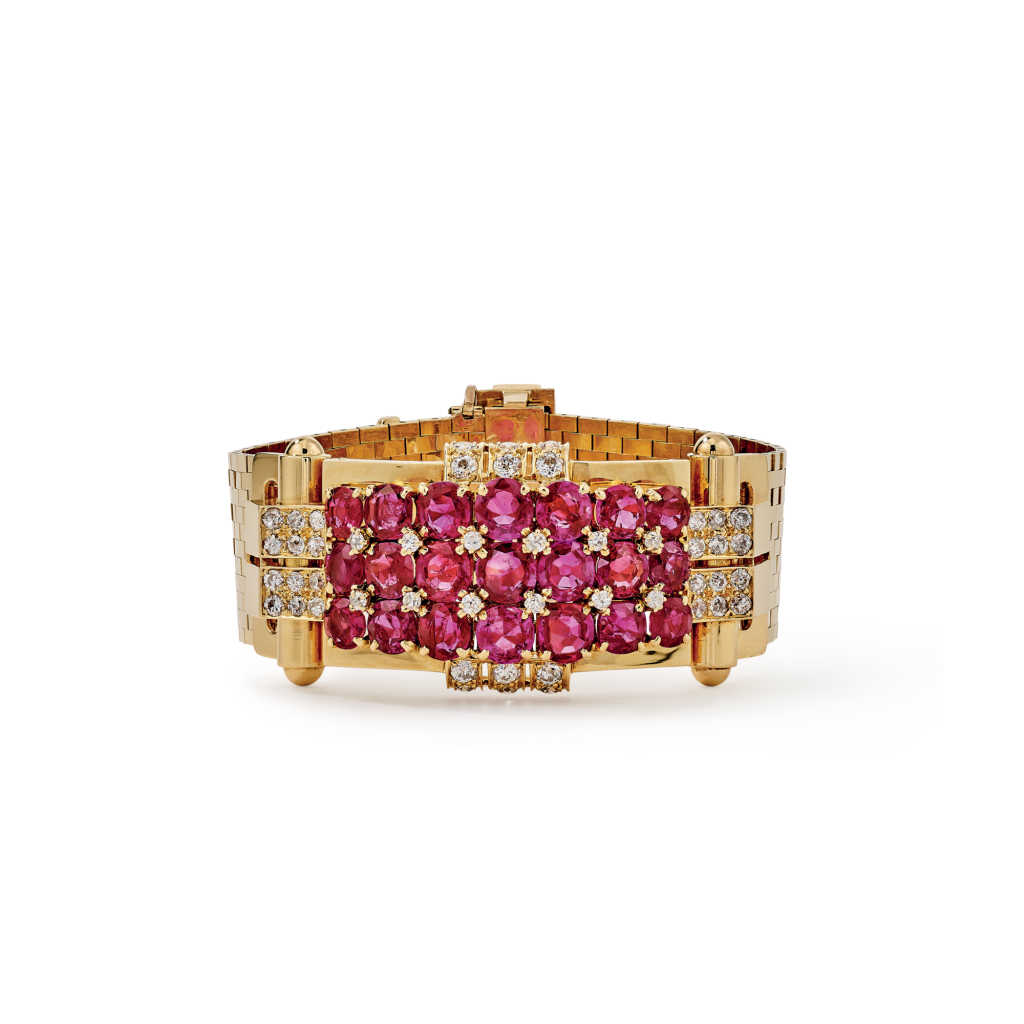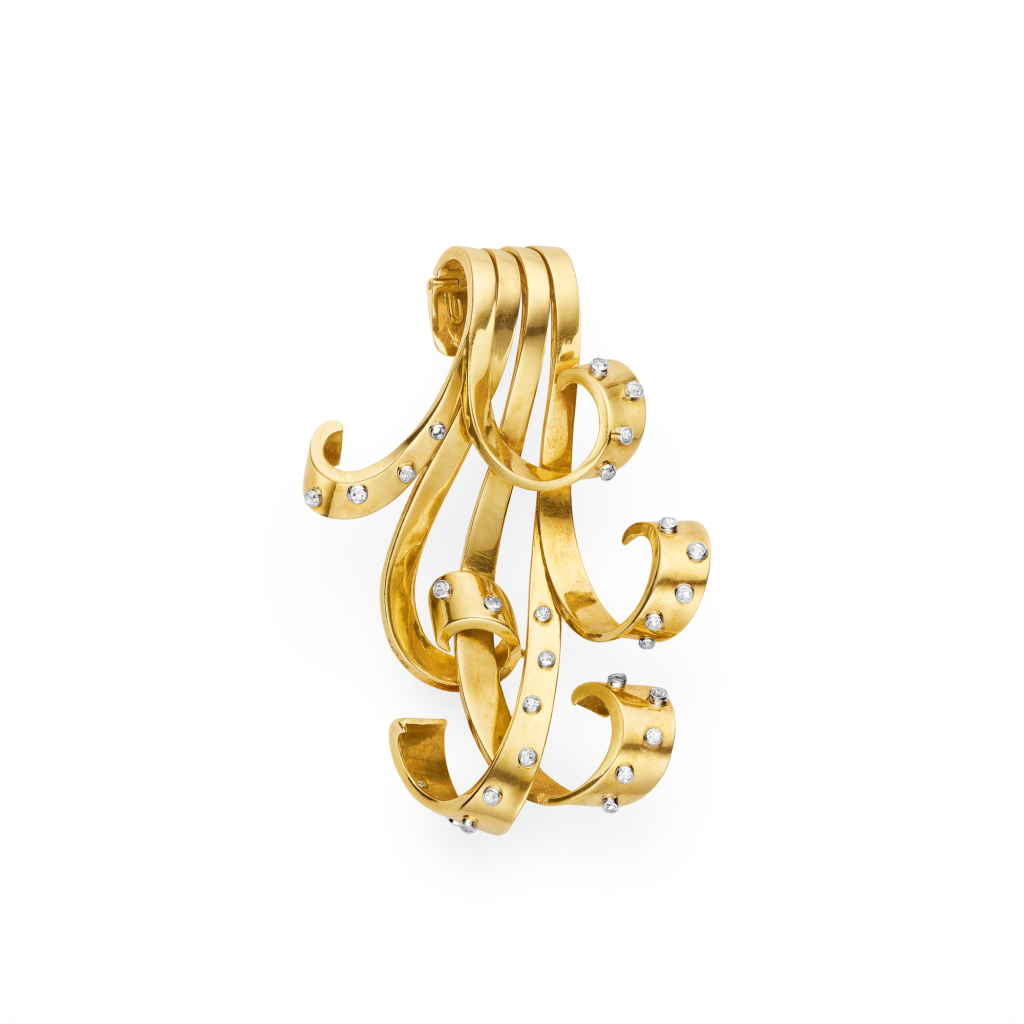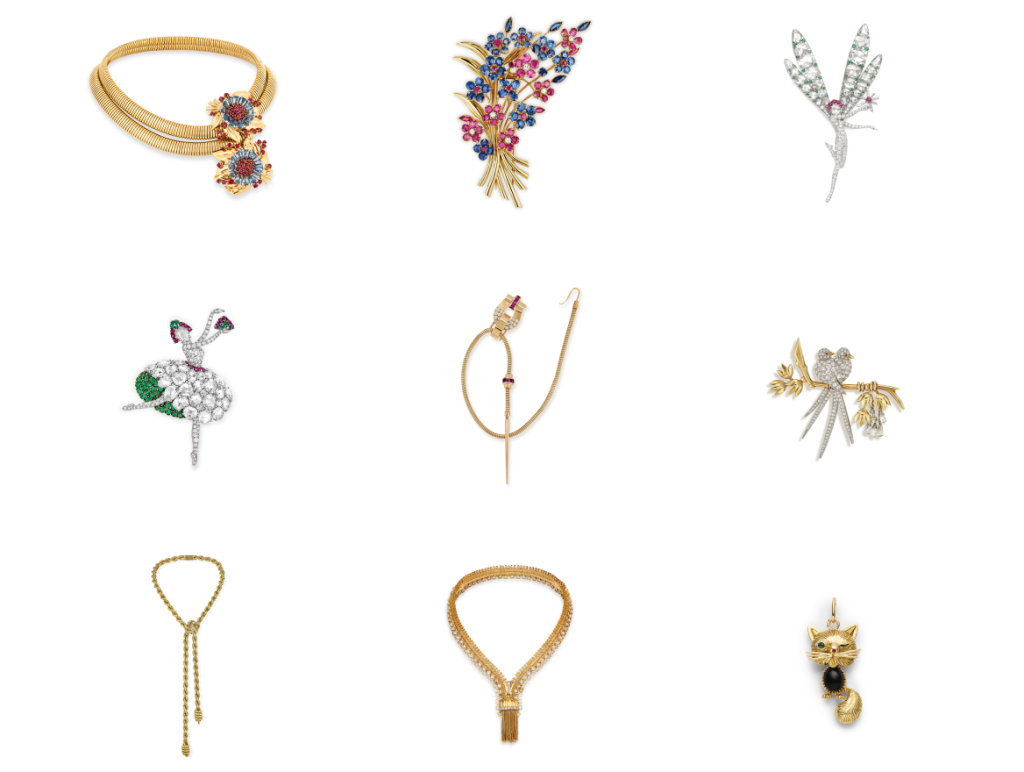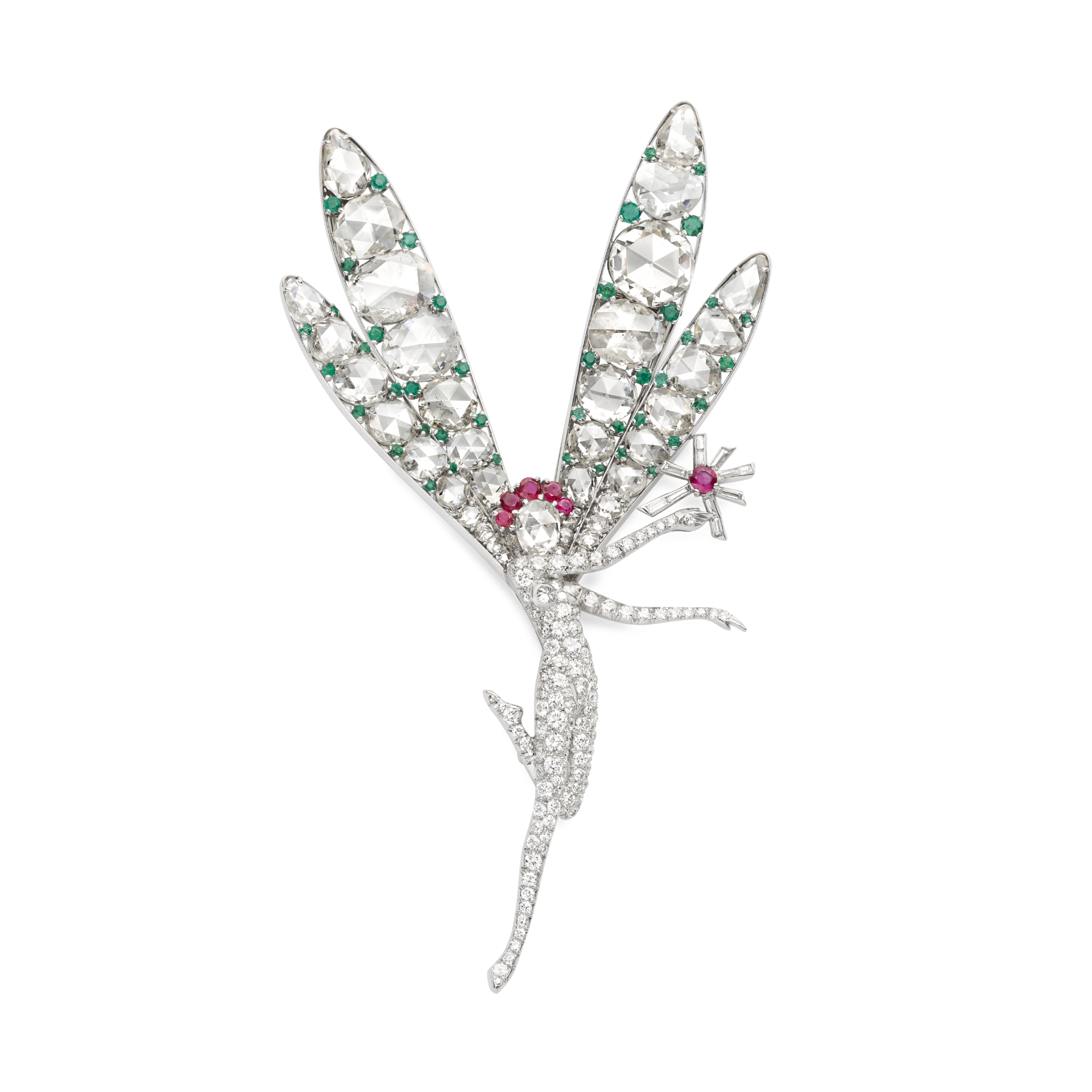
Little Winged Fairy clip
Creation details
- Creation year 1941
- Stone Diamond
- Stone Emerald
- Stone Ruby
- Material Gold
- Material Platinum
- Usage Clip
- Dimensions 105 × 60 mm
The Little Winged Fairy clip, created in 1941, is one of the Maison’s iconic creations. This particular example, the first Fairy clip designed by Van Cleef & Arpels, used to belong to the American heiress Barbara Hutton. It illustrates the nimbleness of the little winged creature’s design from the outset.
The fairy stands on one leg with the other one gracefully bent behind her, giving her a sense of weightlessness. She holds a stylized star in one hand, baguette rays radiating outward from its ruby center. Her simplified but recognizably female body is made of platinum pave-set with brilliant-cut diamonds, while her head, crowned with claw-set round rubies, is made of a single rose-cut diamond. Two pairs of long, openwork wings emerge from her back, edged with a platinum thread. They are adorned with antique-cut diamonds, set in increasing size starting from the base, and ending in a pear-cut diamond. They are also dotted with claw-set circular emeralds.
Analogies between the representation of the fairy and the dancer
The Fairy clips share many features with the Dancer clips, also created by the Maison in 1941, be they formal, stylistic or iconographic. In addition to the pave-set diamonds on platinum, polished yellow gold was also used to model these small metal sculptures. They nearly all had an antique-cut diamond for a face, in contrast with the brilliant and baguette cuts used for the rest of the composition.
The two subjects, fairy and dancer, even overlapped on occasion, as seen in the names of certain clips listed in the Maison’s archives, including two Fairy Dancer clips. Some of the dancers had wings, depending on the ballet to which they referred. And the wings themselves differed in form and decoration from one clip to another. Slender and on occasion double, some recalled dragonfly wings ; others, more rarely, butterfly wings. As for their decoration, stained-glass effects combining antique-cut diamonds and varied calibers gradually gave way to uniform pave-settings of brilliant-cut gems. Other fairies had delicate openwork wings thanks to intertwined yellow gold threads imitating tulle.
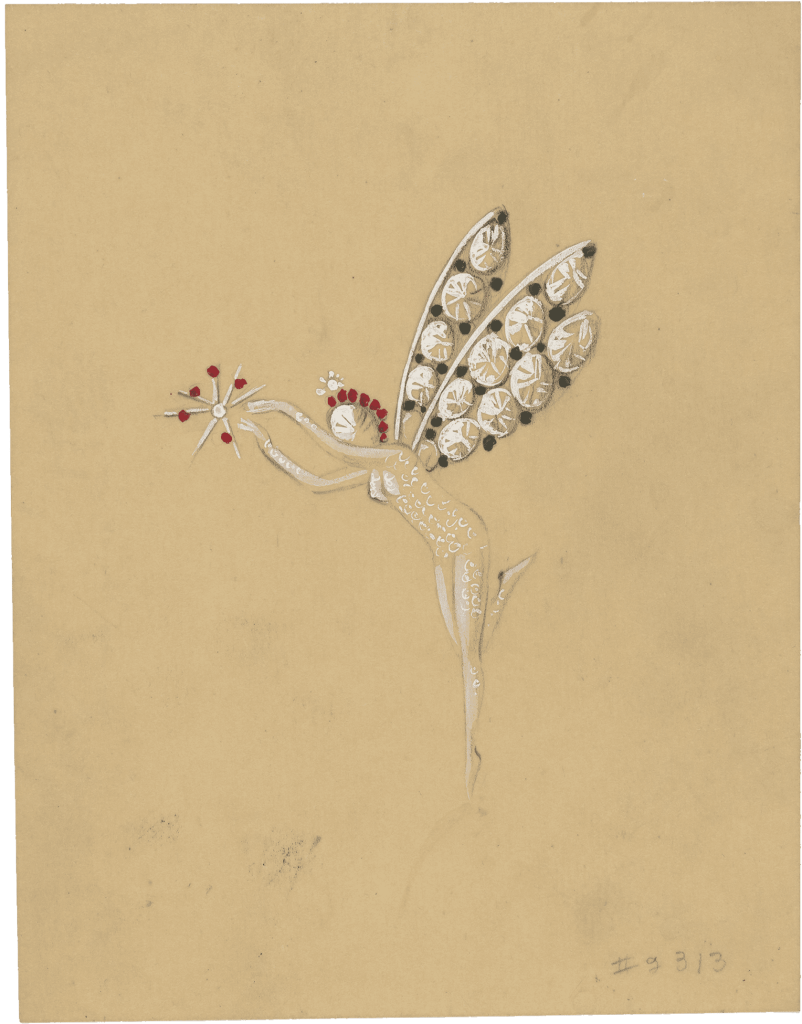
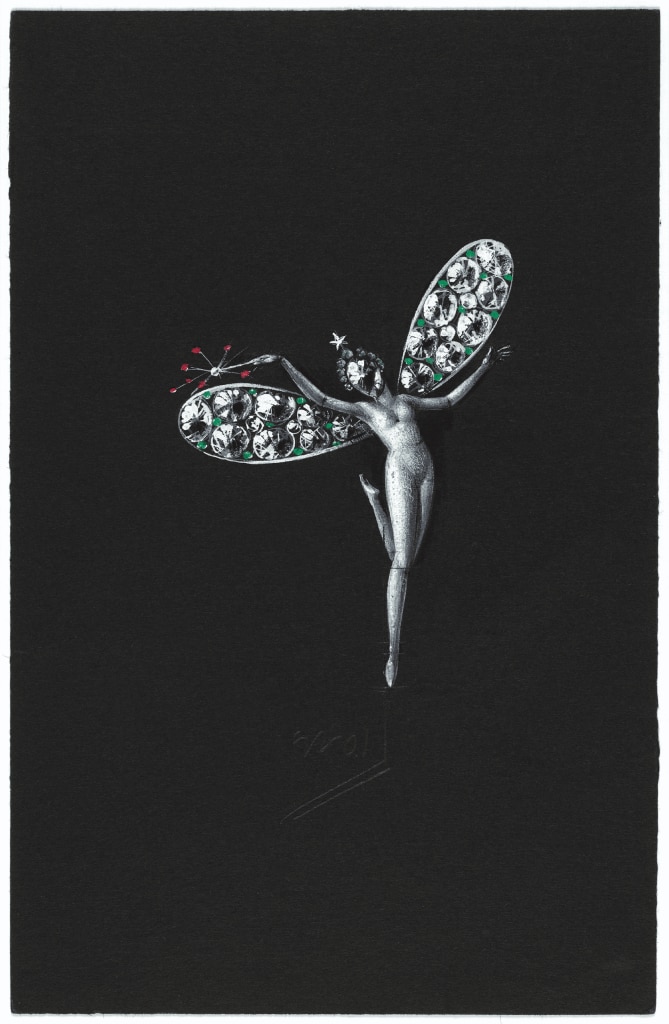
The use of dreams in wartime
Iconographically, the fairy is quite unusual in jewelry. Subjects taken from the worlds of folklore and fantasy are rarely found in precious objects except for the Art Nouveau creations in this field. Van Cleef & Arpels’ interpretation of them, from 1941, can be compared to the enchanting figures in Walt Disney’s animated film Fantasia. While the subject and the manner in which it was treated reflect early animation films, the fairies dreamed up by the Maison at this time also reflected a longing for re-enchantment in a world still at war. In an advertisement dating from December 1944, the Fairy clips were nicknamed “wings of victory”1Vogue US (December 1944): 2. and celebrated the return of hope that was at long last possible.
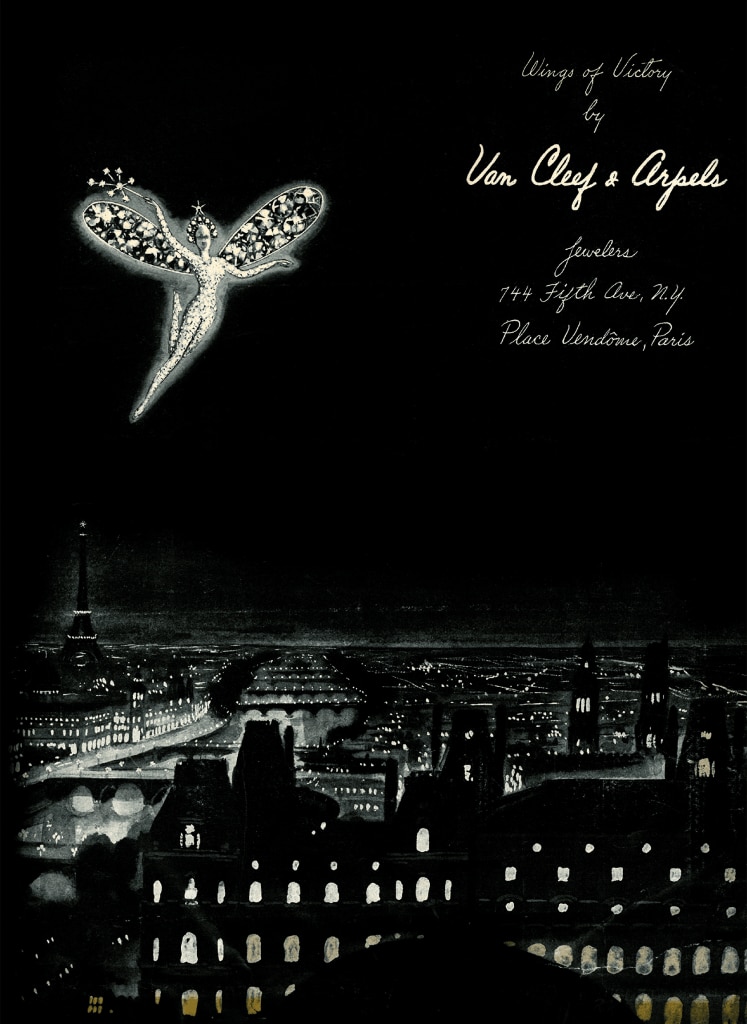
Dreamworlds and the search for other realities were seen on more than one occasion in the visual arts during the Second World War. Furniture production from the early 1940s, for instance, was tinged with historicist references and Surrealist inventiveness. Fashion magazines, for their part, displayed the designs of couturiers in settings largely drawn from imaginary bestiaries and the world of fairytales.
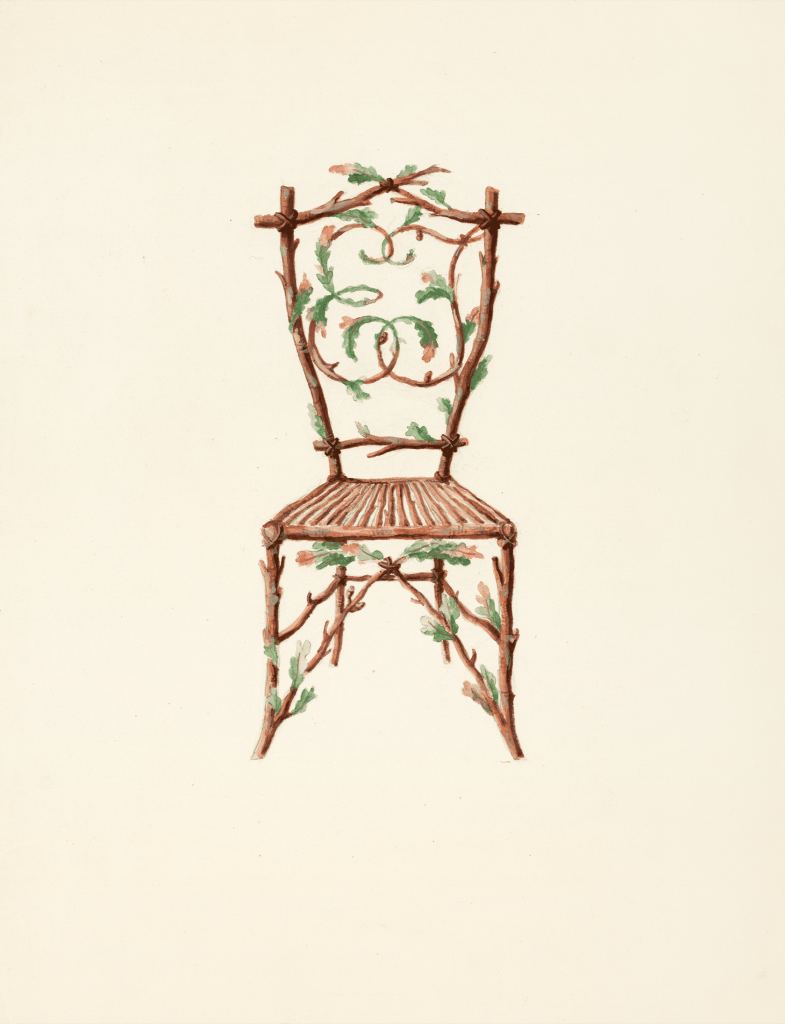
To go deeper
